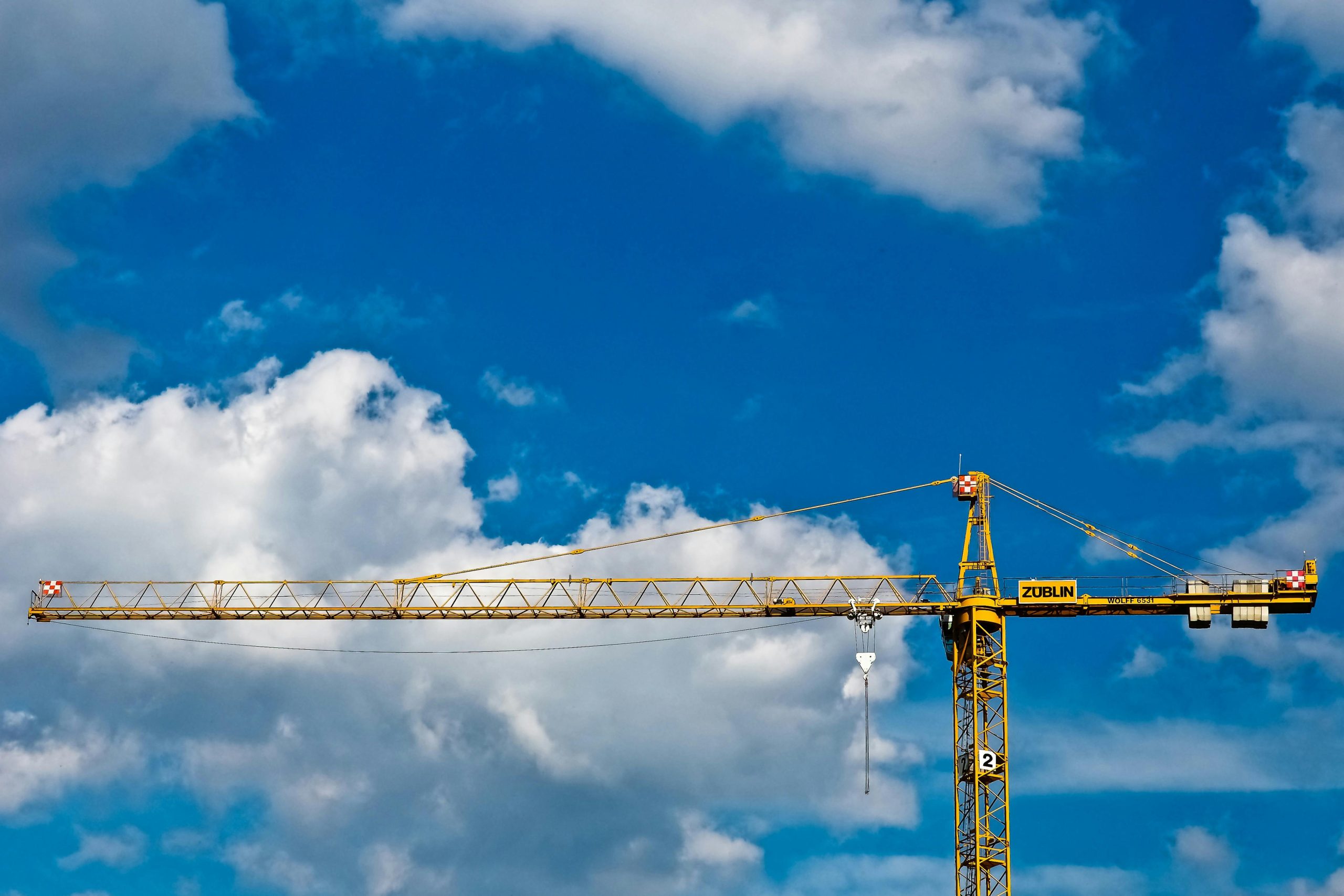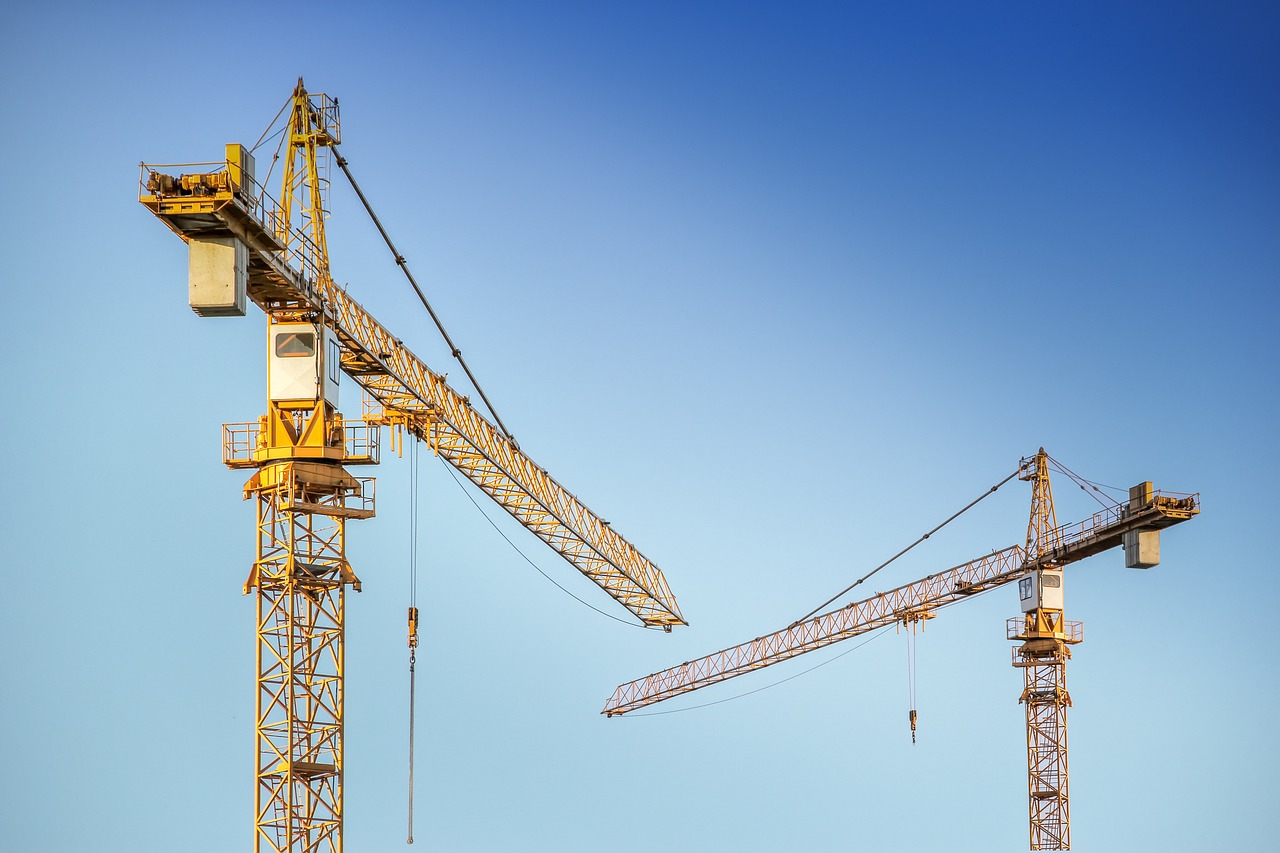Consider a scissor lift if your work involves stable, vertical access on firm, level surfaces, especially in indoor environments where space constraints might limit maneuverability. Opt for a boom lift when your project demands flexible positioning, the ability to reach over obstacles, or access to difficult-to-reach areas.
The aerial lift rental industry is undergoing a technological revolution that’s transforming how businesses access elevated workspaces.
As we look toward the future, three major developments are reshaping the market: smarter equipment, enhanced safety systems, and more sustainable operations.

These innovations promise to make lift rentals safer, more efficient, and more environmentally friendly than ever before.

Modern rental lifts now incorporate IoT sensors that monitor everything from hydraulic pressure to battery health in real-time.

The next generation of lifts may feature augmented reality interfaces that overlay critical safety information and work instructions directly in the operator’s field of view.
Intelligent Lift Systems are leading the charge in equipment evolution. These connected machines can predict maintenance needs before breakdowns occur, significantly reducing downtime on job sites.
Some manufacturers are experimenting with AI-assisted operation that helps novice users avoid common mistakes, while semi-automatic positioning systems enable precise platform placement with minimal operator input.
These clean energy solutions not only reduce environmental impact but also enable indoor use without ventilation concerns and significantly lower operating costs over time.
Rental companies are also adopting solar-powered charging stations at their yards, creating truly sustainable equipment lifecycles.
Hydrogen fuel cell-powered lifts are beginning to appear for specialized applications requiring extended runtime.
Lithium-ion battery technology now powers lifts for full work shifts without emissions, while fast-charging capabilities minimize downtime.